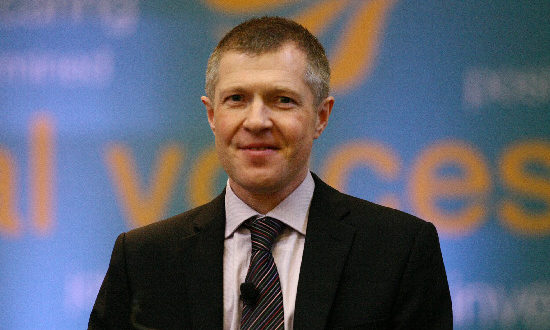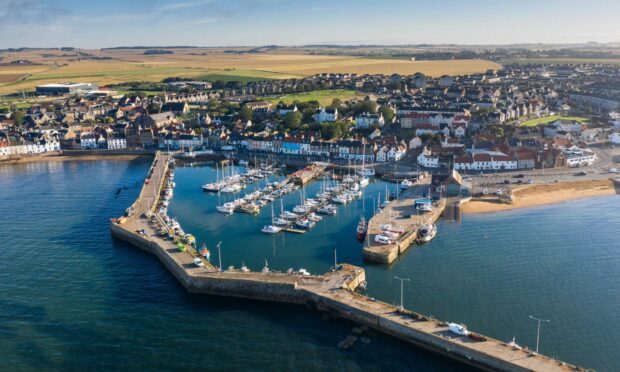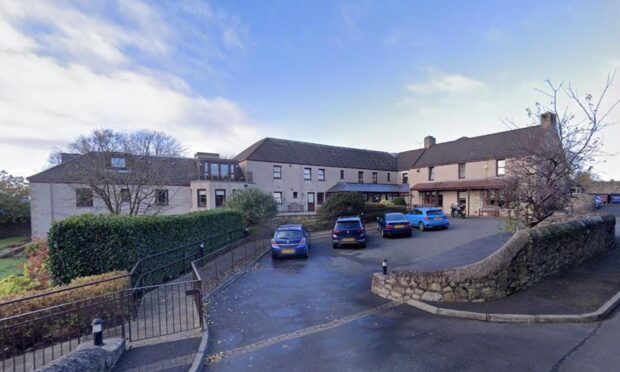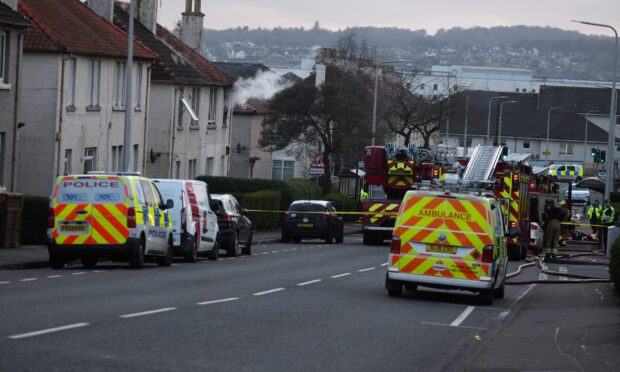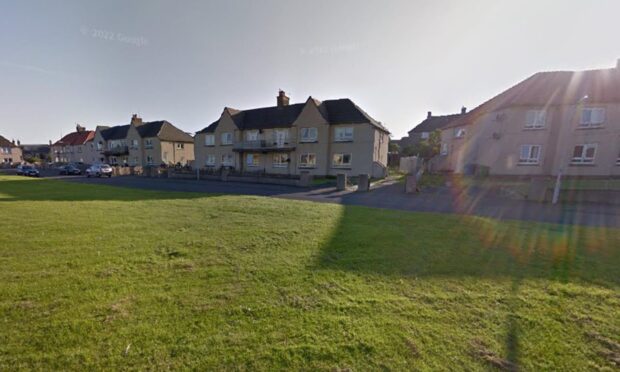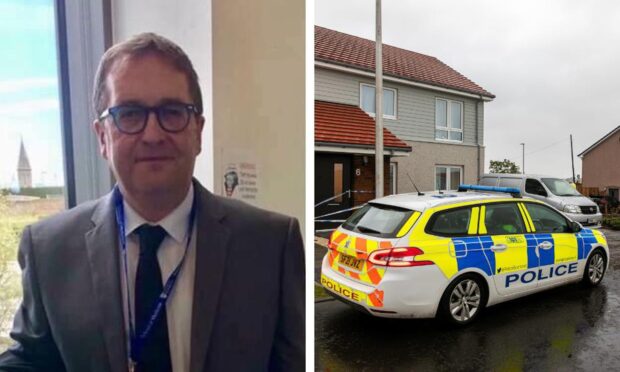The Scottish Government has been accused of abandoning its pledge to deliver superfast broadband to people living in rural parts of Fife by 2021.
Ministers had committed to extending high-speed provision to every home and business across Scotland by next year via the R100 project, but MSPs were told last week this target will not be met and a voucher scheme will be used to offer those not connected on the original schedule superfast broadband from satellite or mobile operators.
Coverage has increased across Fife from 52.9% in January 2014 to 96.3% now, but there are still areas of north east Fife in particular which will now have to wait until 2023 at the earliest to take advantage.
The latest figures have revealed while superfast coverage has markedly risen from just 10.5% of premises six years ago, the current 90.4% is still well below what is required.
North East Fife MSP Willie Rennie accused the Scottish Government of trying to “pull the wool” over people’s eyes by giving “vague updates” over the R100 programme’s progress.
“Many residents are still completely in the dark about how, and more importantly, when they will get access to superfast broadband.
“Last year residents in Tayport were quoted over £20k for fast broadband and whilst there was a valiant effort made by Community Initiatives North East Fife (CoINEF), a local project aimed to provide access to superfast broadband services, they were left with no choice but to discontinue because of financial viability.
“Businesses rely on connectivity, as do rural communities across North East Fife for everyday leisure use, so these delays are increasingly frustrating.
“Yet again, the Scottish Government is late on delivering a contract and has broken another promise.”
Connectivity minister Paul Wheelhouse said he recognised the importance of good quality digital connectivity to Scotland’s rural economy, pointing out a significant amount of the programme would be full-fibre, meaning premises will be capable of accessing download speeds of up to 1 Gigabit (1,000 Megabits) per second.
“Of course that complexity – and the fact that much of the technology delivered will go beyond our original commitment – means the civil works will take time.
“Engineers aim to reach around half of the target premises by the end of 2021, with the majority of the build completed by the end of 2023.
“In the meantime, we will provide additional support to ensure that everyone can access superfast broadband services by the end of 2021 – delivered through a national demand-led voucher scheme funded by the Scottish Government.
“Anyone who will not be able to access superfast broadband by the end of 2021 – regardless of whether or not build through the R100 contracts will ultimately reach them – will also be eligible for that voucher scheme.”
